A collection of fourteen short films:
Directed by Bert Shapiro
Three hours of film!
Extras

Why I made "Music is my Passion" — By Bert Shapiro
Lorem ipsum dolor sit amet, consectetur adipiscing elit, sed do eiusmod tempor incididunt ut labore et dolore magna aliqua. Ut enim ad minim veniam, quis nostrud exercitation ullamco laboris nisi ut aliquip ex ea commodo consequat. Duis aute irure dolor in reprehenderit in voluptate velit esse cillum dolore eu fugiat nulla pariatur. Excepteur sint occaecat cupidatat non proident, sunt in culpa qui officia deserunt mollit anim id est laborum.
Instruments, rarely seen and heard

The Crumhorn
The Crumhorn is a musical instrument that was popular during the 16th and 17th centuries. It is similar to the recorder, another instrument from the renaissance period that is still popular today. The crumhorn was primarily used to play popular folk music throughout western Europe.

The Dulcian
The Dulcian is the predecessor of the modern day Bassoon. It was one of the most popular European instruments from mid 16th into most of the 17th centuries. In general, this instrument was known for its’ rich, robust, and sweet sounds.

The Erhu
The Erhu, which is often called the Chinese Fiddle in the western world, is a two stringed bowed musical instrument. While it’s origins date back to 600 AD, it is still used today in both traditional Chinese music and western classical and popular music.
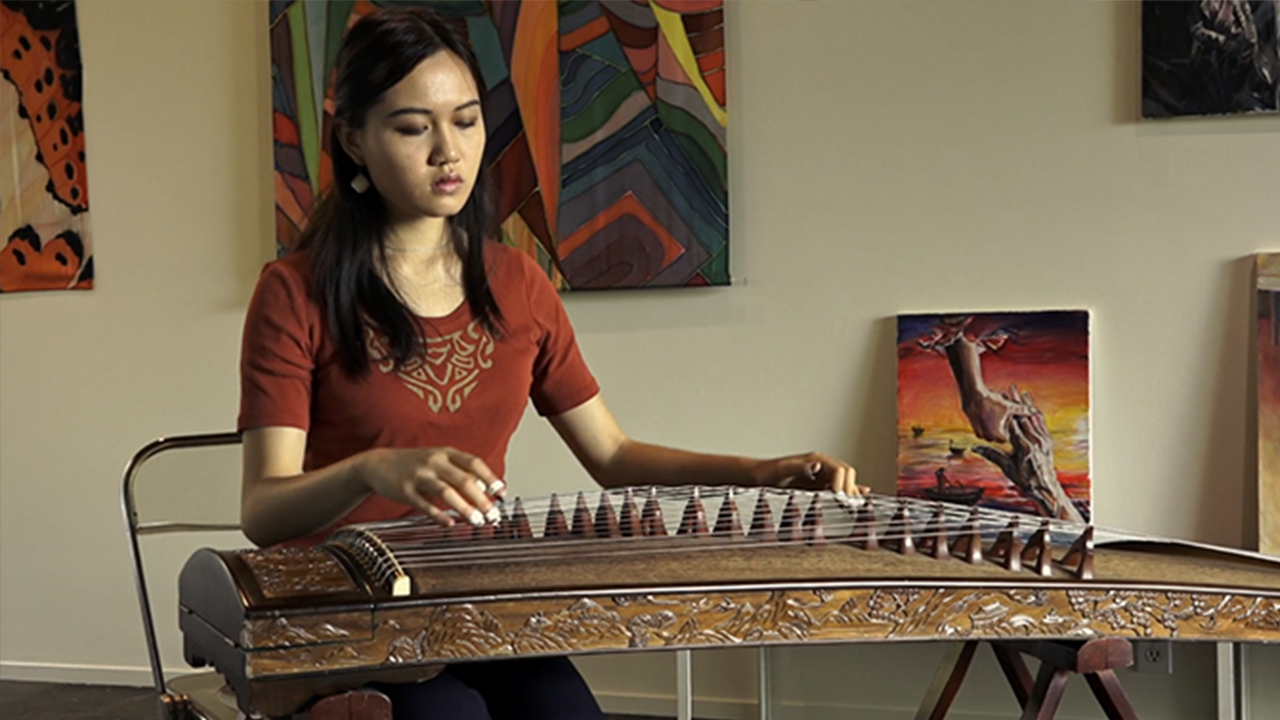
The Guzheng
The Guzheng, or Zheng, for short, is a musical instrument that has been around for 2,500 years, and can have anywhere from 16 to 21 strings, that can be plucked or strummed. The modern Guzheng is still predominantly used to play traditional chinese music, complete with it’s own notation.

The Harpsichord
The Harpsichord is one of the few musical instruments from the days of early music, particularly from the baroque era, that is still in regular use today. It shares the same keyboard with the piano, and is played in a similar fashion, but it’s sound is quite unique.

The Lute
Any musical instrument that has a neck connected to a hollow sounding board, similar to an acoustic guitar in shape, can be called a lute. The Lute is probably the most famous instrument used by wandering minstrels during the Renaissance era. They were portable, and most often used to play popular songs of the day.

The Mandolin
A mandolin is a small stringed instrument of Italian origin. There are many styles of mandolin, but three are common, the Neapolitan or round-backed mandolin, the carved-top mandolin and the flat-backed mandolin. Each style of instrument has its own sound quality and is associated with particular forms of music.

The Pipe Organ
The pipe organ is a musical instrument that produces sound by driving pressurized air (called wind) through the organ pipes played from a keyboard. These massive organs are primarily played as a solo instrument in churches, synagogues, concert halls, schools, etc.
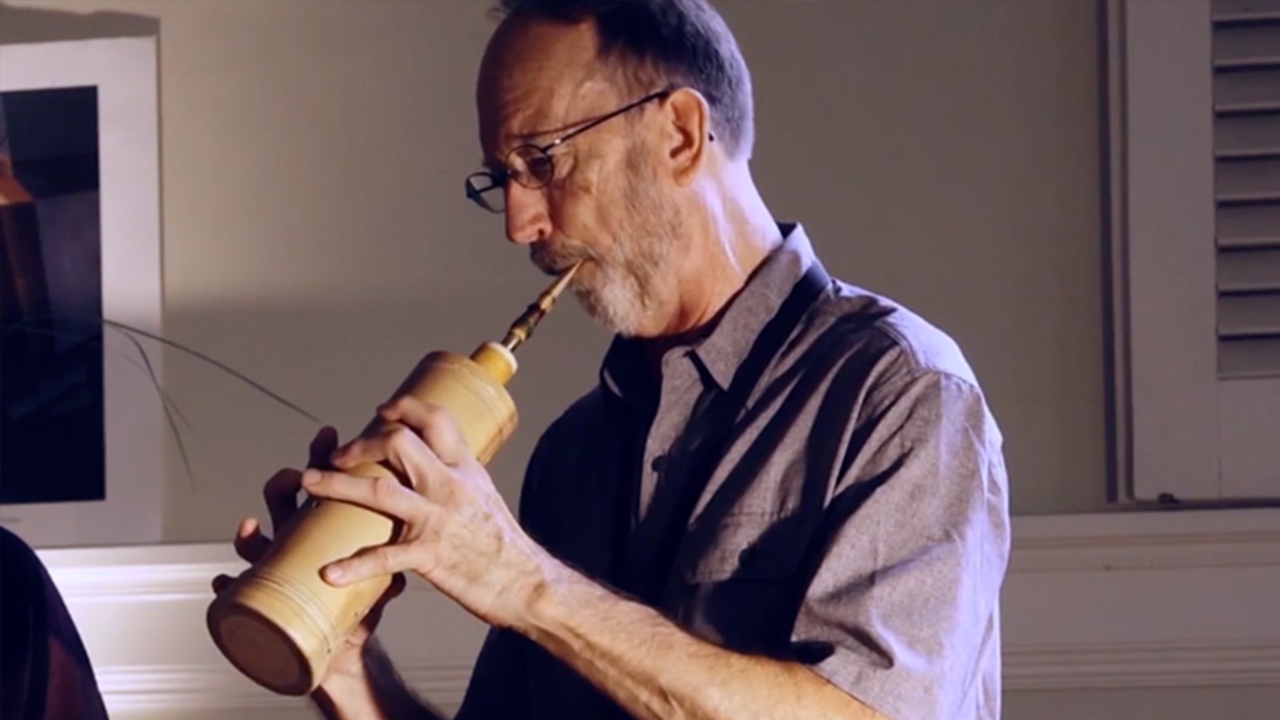
The Rackett
There is no contemporary musical instrument that sounds or looks like the Rackett, although it basically functions like a modern Bassoon. It was very popular in the 17th century, and has a unique rumbling sound that compliments other instruments of the Renaissance era.

The Sackbut
The Sackbut (which literally translates from French into “push-pull”) is a brass instrument that eventually evolved into the modern day Slide Trombone. It became the most popular in the 14th and 15th centuries, because of the double slide piece presented an expressive new way to make music.
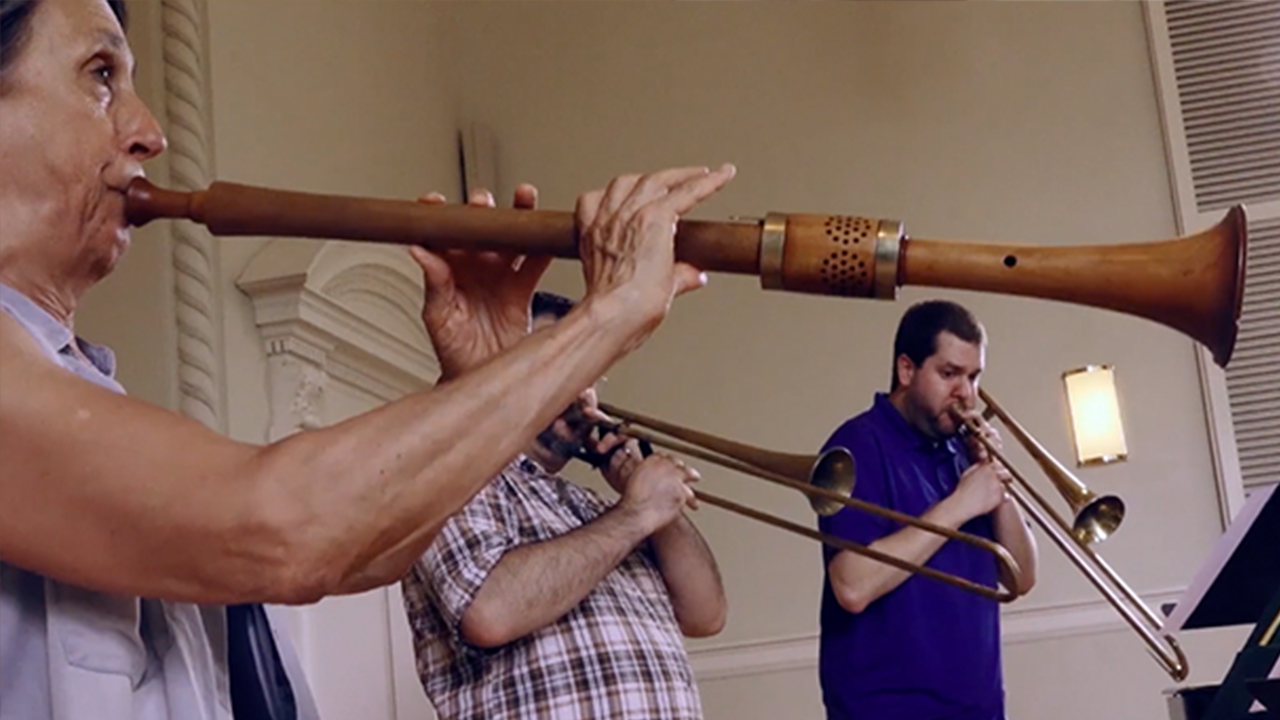
The Shawm
This instrument dates back to the 12th Century, and is a precursor to the modern day Oboe. Since it was one of the louder instruments of the day, it was mostly used outdoors, often to accompany ceremonies or dancing.

The Sitar
The sitar is a plucked stringed instrument, originating from the Indian subcontinent, used in Hindustani classical music. The instrument flourished under the Mughals, and it is named after a Persian instrument called the setar (meaning three strings).
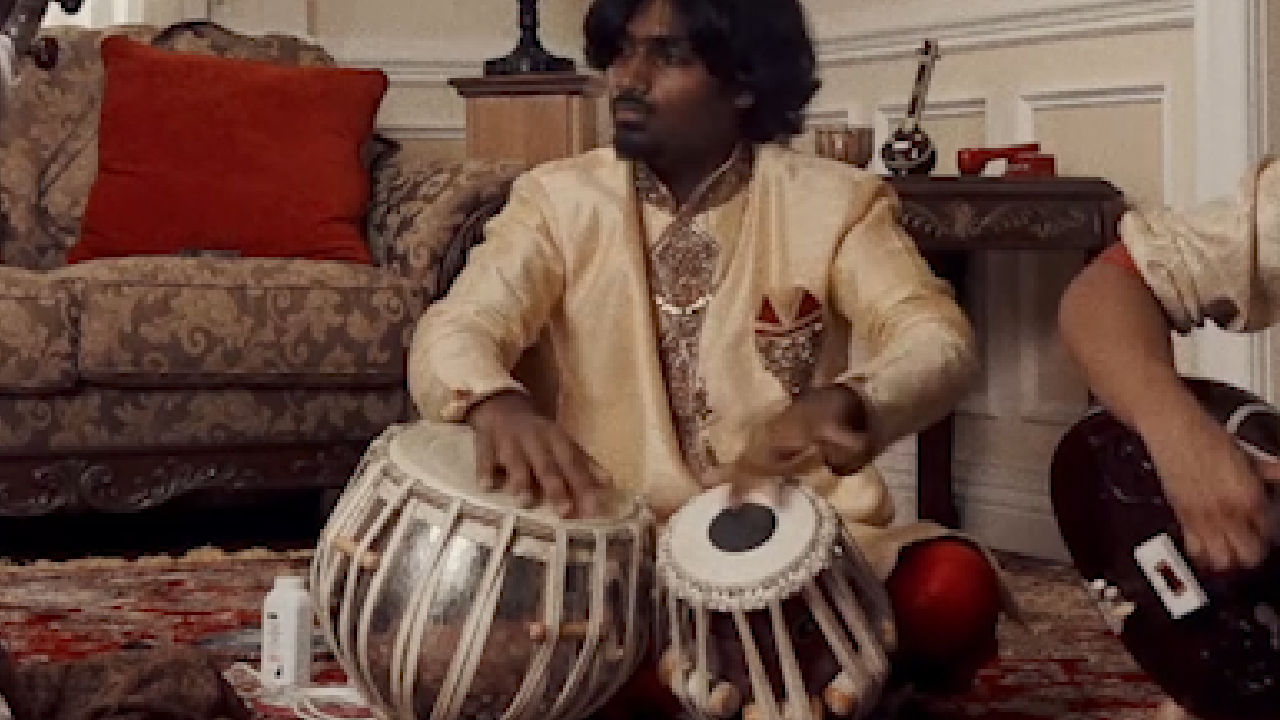
The Tabla
The tabla is a percussion instrument that has been particularly important in Hindustani classical music since the 18th century, and remains in use in many countries such as India, Pakistan, Bangladesh, and Sri Lanka.

The Theorbo
The Theorbo is perhaps the largest instrument in the Lute family. It has 14 strings, a very long neck and was developed in the late 16th century. The strings can be plucked or strummed with one hand, while fingers press on the strings with the other hand, creating different notes.
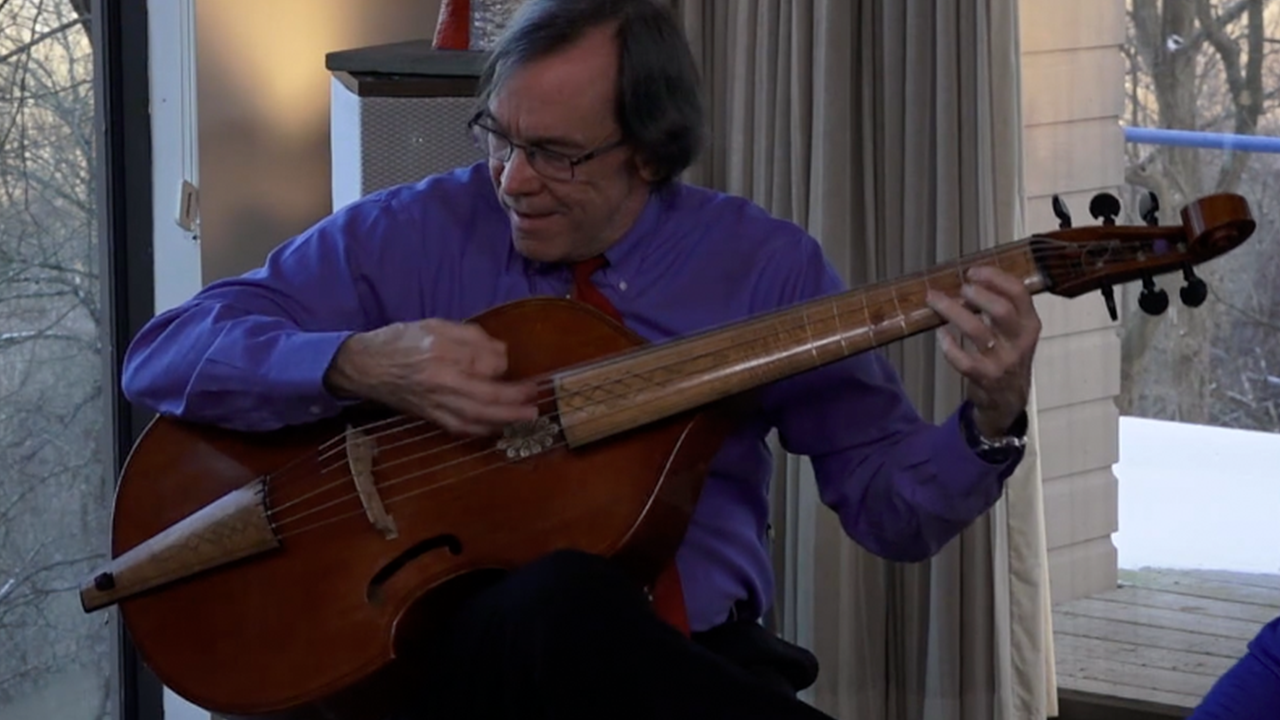
The Viola da Gamba
This stringed instrument first appeared in Europe in the late 15th century and became one of the most popular Renaissance, and subsequently Baroque instruments. It could be both bowed and plucked, and was placed vertically between one’s legs, as the modern Cello is played.


